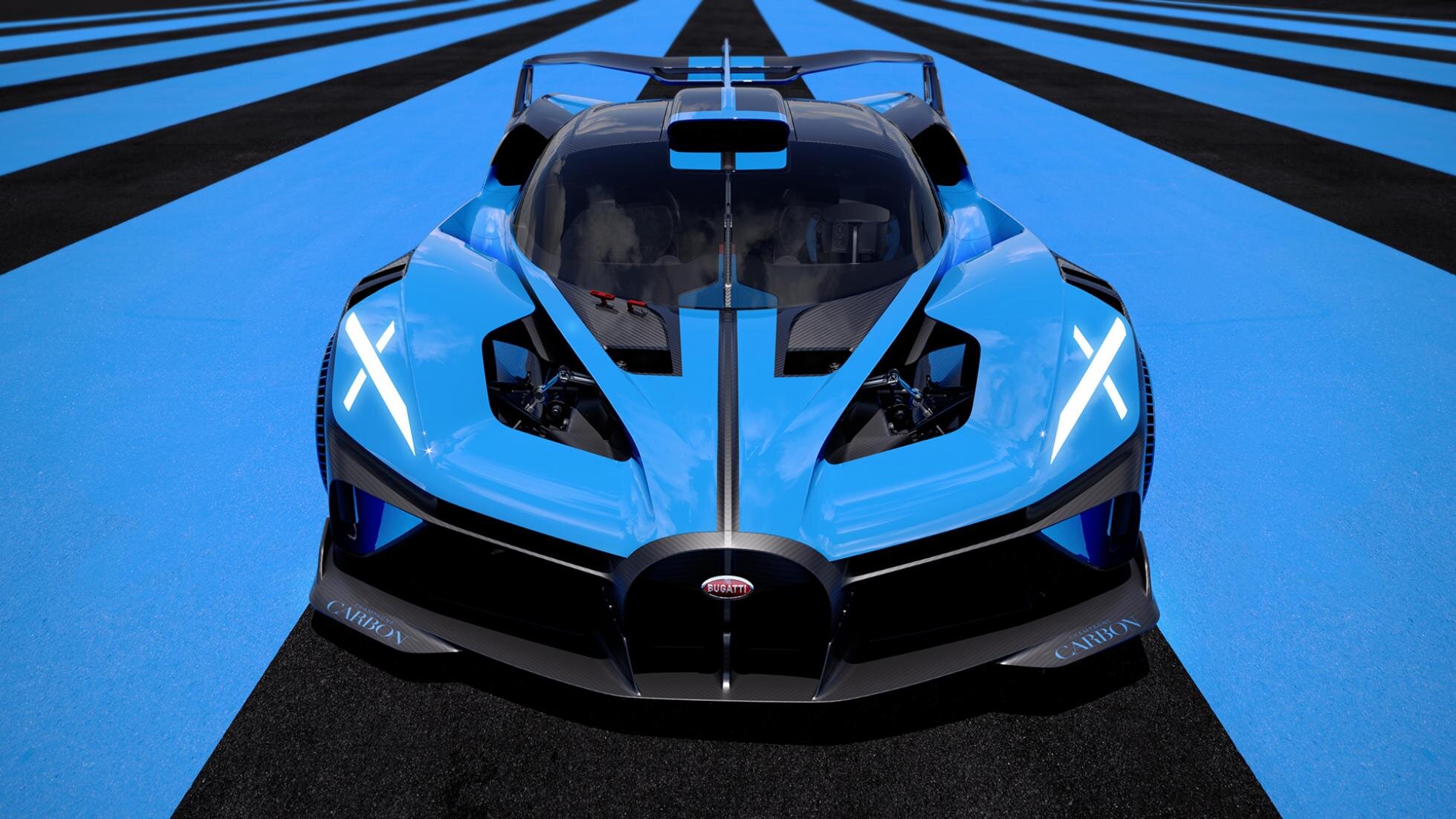Words by Dionysis Nanos
The 90s were the golden years of racing. I mean look at what was happening. Rallying was exciting, F1 was the hottest thing and even touring cars provided a spectacle. No matter where you look, whether that’s Germany and the DTM with the epic battles between the Mercedes 190s and the Alfa Romeo 155s or the UK and the BTCC where legends like Gabriele Tarquini, Matt Neal and Tim Harvey pushed the limits of their machinery, you’ll find that racing was on top of its game. It was also a weird period, with teams coming and going in F1 and with ever changing regulations about safety. But during the 1995 24 Hours Of Spa, the world also saw what is arguably the weirdest touring car, probably the weirdest race car as well. Welcome everyone to the story of the Peugeot 806 Procar.
Our story begins with the humble Peugeot 806. Its life starts in 1994 when it and the rest of the Eurovans were first launched. To clarify, the Eurovans are the line of badge engineered vans Fiat and PSA made between 1994 and 2014, when the last Peugeot 807s and Citroen C8s rolled off the production line. But the 806, along with the Lancia Zeta, Citroen Evasion and Fiat Ulysse, is part of the first generation of these vans. But how did a people carrier manage to find itself racing in one of the fiercest race tracks in the world?
The 806s twin, the Lancia Zeta
To start, Peugeot had a good history racing with Super Touring cars, doing so in the past with the 309 and the 405. But for some bizarre reason instead of racing the proven and trusted 405 or 306, they decided to take the 806 to track. A car that couldn’t be any more opposite to the very definition of a race car. That meant that extensive work had to be done in order for the thing to not tip over in corners and also for it to be actually competitive.
As such, Kronos Racing, better known for running third party Peugeot 206s and even factory Citroen Xsara’s in the WRC, was put in charge of modifying the provided 806. Kronos found a rather simple solution. They took a Peugeot 405 Mi16 race car and put its underpinnings in the van, while the engine came courtesy of a Group A 306. The result was a Franken-Peugeot van that had 260bhp and that managed to qualify 3rd in class and 12th overall, in the hands of drivers Philip Verellen, Pascal Witmeur and Eric Bachelart, a result so impressive that other teams got scared that it would be a hazard on the track. Nevertheless, the van did start the race, but things didn’t really go all that well…
While the car had a great start, early on problems with the brakes appeared, something not that surprising judging how large the thing was to begin with, while a smattering of other issues with the differential and finally the engine meant that the world’s first and so far only race van dropped out of the race after just 10 hours.
The interior of the 806 Procar
Despite the anticlimactic end to the short lived career of the 806 Procar it’s safe to say that this car is still memorable. No other car maker tried something like that before or since, and while probably that’s for the best judging from the various problems the car faced during the race, it’s still incredible how something that odd not only raced but was also competitive against established Super Touring machines like the BMW 320i and the Opel Vectra. Carrying people and going around circuits never matched better before or since.
And now, 25 years on, it’s for sale. That’s right, you can buy this glorious racing machine. It’s currently offered over at Gipimotor and it looks like it’s race ready again. Now, no price is given but how can you not resist buying such a fine machine. Click these words to view the listing.




